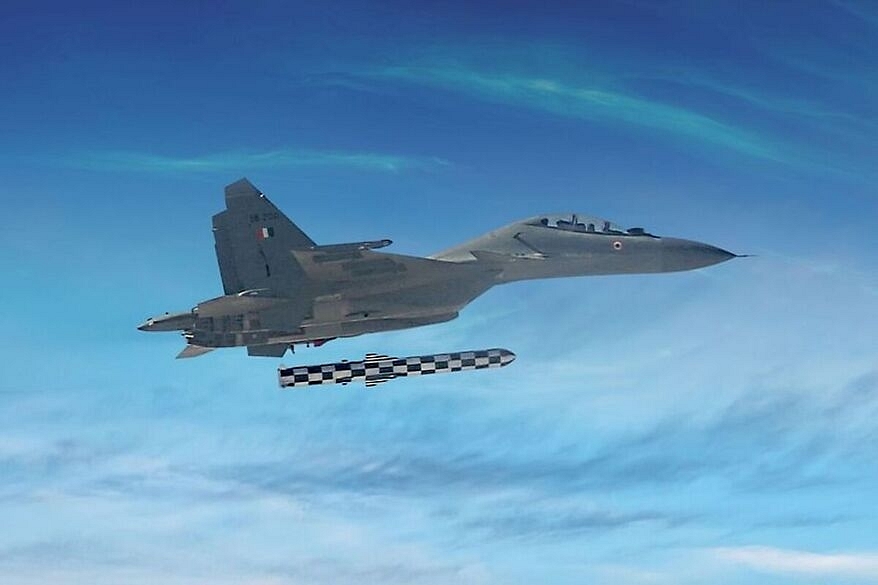I did some searching and came accross this NASA webpage that explained preliminary range calculation of an aircraft in simple yet detailed terms.
Note: I am taking a very simplistic view of aircraft range here for academic purposes. In reality, calculating the range is a complex problem because of the large number of variables involved. An aircraft's flight is not conducted at a single ground speed but varies from zero at take-off, to cruise conditions, and back to zero at landing. Extra fuel is expended in climbing to altitude and in maneuvering the aircraft. The weight is constantly changing as fuel is burned, so the lift, drag, and thrust and fuel consumption rate are also continually changing. On real aircraft, just like with our cars, there is usually a fuel reserve and the pilot makes sure to land the plane with fuel still on board, however we are going to neglect all of these effects for keeping our calculations simple
R (Aircraft Range) = V (cruise speed) × T (Maximum time in air)
[ Generally military aircraft cruise at a height of 30k feet with a speed of 0.8 to 0.85 mach, given that the speed of sound at 30k feet is near near 305m/s, V would be near 260m/s ]
T = M/(SFC × F)
[ M = Fuel Load (the amount of fuel an aircraft is carrying in Kg), in our case M = 2486kg ]
[ SFC = amount of fuel needed to be burned in 1 sec to produce 1kN of thrust, in our case SFC = 23g/(kN.s) ]
[ F = Thrust needed to keep the aircraft cruising at the given parameters ]
[ Note : At cruise speed an aircrafts Lift (L) = aircrafts Weight (W) and Thrust Required (F) = Drag (D) or in other words L/D ratio (lift to drag ratio) = W/F ]
So now F = W ÷ (L/D ratio)
in other words an aircrafts Range R = {V × M} ÷ {SFC × F}
So our Tejas will have a range of {260 × 2486} ÷ {23 × F}
Given that we don't know the required F for keeping the Tejas crusing we would have to look for another aircraft of similar profile and extract the data from there using the above equations.
Gripen C/D seems to be the closest fighter to Tejas with similar empty weight (6800kg), fuel capacity (2340 kg) and same GE 404 engine, so now using the Gripen's data we can calculate the required F
F = {260 × 2340} ÷ {23 × 1600km (Conservative Range)}
F = 16.5 kN
Assuming that Tejas will need similar (or even greater) thrust for crusing we can now calculate the range of Tejas
Range of Tejas = {260 × 2486} ÷ {23 × 17} = 1653km.
This range however is highly conservative as we don't know the actual L/D ratio or the thrust required for crusing and thus have taken the most conservative values of all the variables, (Eg. Range of Gripen C/D, Fuel Capacity of Tejas etc).





